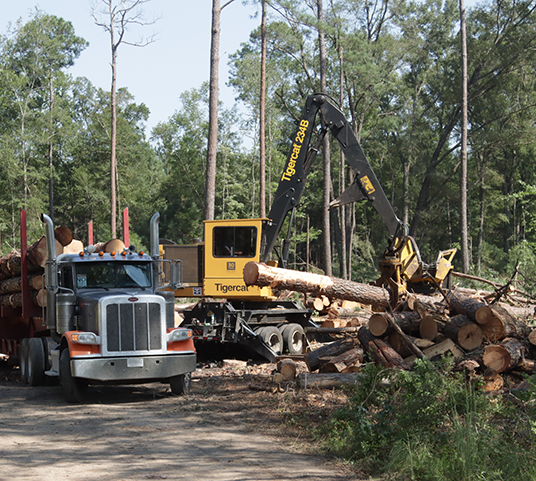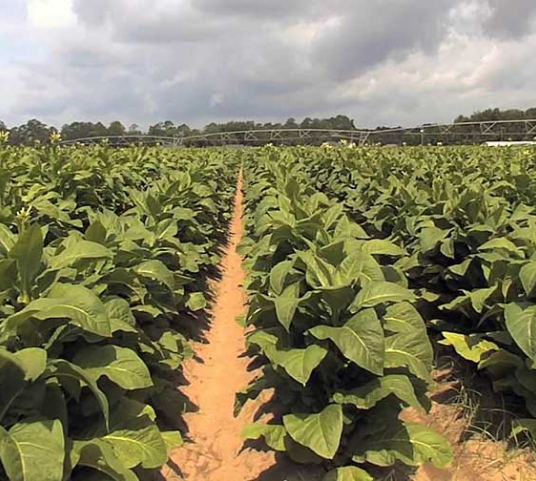Hard Market vs. Soft Market: An Overview of the Insurance Industry Cycle

March 7, 2024
The insurance landscape is complex, shaped by factors ranging from global economic conditions to regional regulatory changes. It’s vital to understand hard market vs. soft market, a cycle that significantly influences the availability and cost of insurance and the coverage options for businesses and individuals. Read on for insights into how these market conditions can affect your coverage and find strategies for navigating the challenges.
What is a Hard Market?
A hard insurance market is a high demand for insurance coverage coupled with a low supply. The two most important factors include:
Navigating Challenges in a Hard Insurance Market
During a hard market, insurance companies often impose stricter underwriting standards, resulting in higher premiums and limited coverage options. The most common reasons for a shift towards a hard market include:
- Significant financial losses within the industry (due to natural disasters, economic downturns, or large-scale claims)
- Legislative changes that increase the cost of claims
- A decrease in investment income for insurers
Navigating this landscape requires a keen understanding of the market dynamics and a proactive approach to insurance management.
Understanding Limited Coverage in Hard Market Conditions
In a hard market, insurers become more selective about who they insure and what risks they are willing to cover. This selectiveness makes it significantly more challenging for businesses and individuals to get insurance coverage. It’s not uncommon for policies to come with higher deductibles and with the exclusion of certain types of risks.
Decoding the Insurance Industry Cycle
The insurance industry cycle is a pattern of alternating between hard and soft markets. Two things helpful for individual and business policyholders include understanding market fluctuations and how the market shapes trends.
Market Fluctuations
The characteristics of a soft market include lower insurance premiums, more generous coverage terms, and more lenient underwriting standards. This phase typically occurs when the insurance industry is flush with capital, leading to greater competition among insurers and more favorable conditions for policyholders.
Market Conditions and Insurance Trends
Factors that influence market conditions in the insurance industry include economic trends, regulatory changes, and the frequency and severity of claims. These conditions affect the availability and cost of insurance and drive innovation within the industry as insurers seek to manage risk more effectively.
Strategies for Thriving in a Hard Insurance Market
Preparation is critical in a hard market to ensure you find the coverage you need at a price that fits your budget. With the right strategies, you can come out ahead in this challenging market.
Proactive Approaches for Businesses in a Hard Market
Diversifying insurance providers and considering layered insurance programs can provide more flexibility and potentially more favorable terms.
Risk Mitigation in Challenging Insurance Environments
Businesses should consider reassessing their risk profiles, identifying areas where they can reduce exposure, and exploring alternative risk transfer strategies such as captive insurance or self-insurance.
The hard market vs. soft market dynamic is a fundamental aspect of the insurance industry cycle. Understanding this cycle and adopting strategic approaches to insurance and risk management can help businesses and individuals navigate the complexities of the market, ensuring they remain protected through all phases of the cycle. To get help navigating the tricky shifts between hard and soft markets, and to find the coverage that fits your needs, contact the experienced and knowledgeable team at Palmetto State Insurance.

















